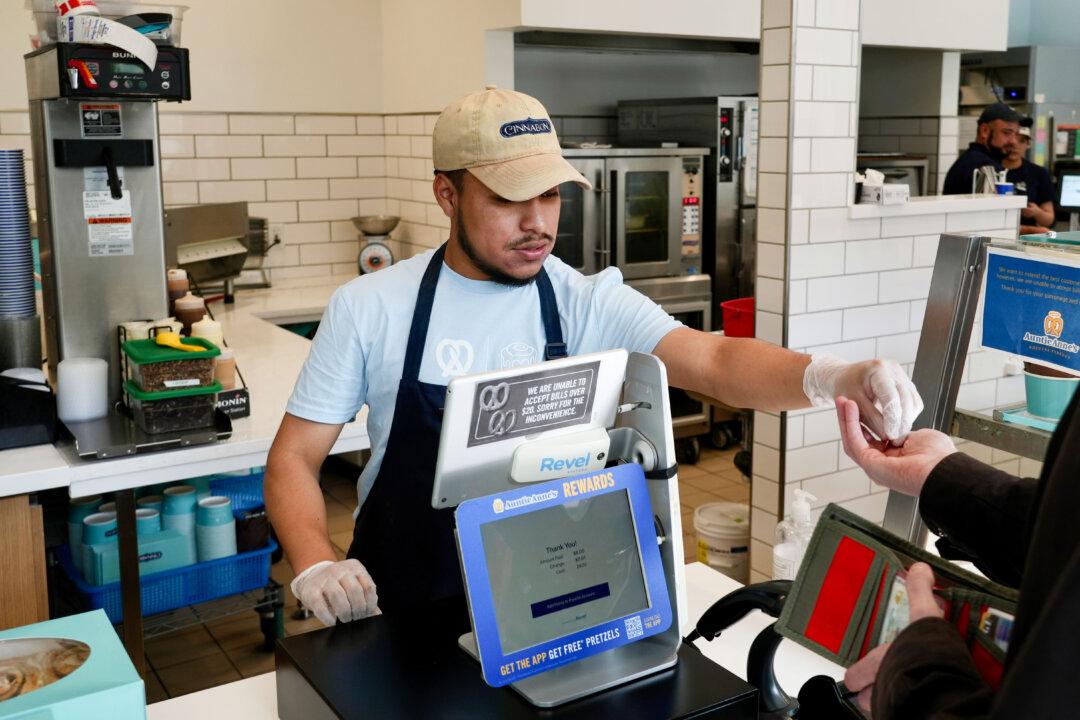Low- and middle-class households are still struggling to keep up with inflation and household debt, according to multiple new surveys. To make matters worse, economic relief for these families could take years to be realized, according to expert commentators.
A recent report from the Urban Institute, using its True Cost of Economic Security (TCES) measure as a guide, found that more than half of the people in the United States are economically insecure and limited in their ability to get ahead. The TCES looks at modern families’ costs versus the financial resources available to their households.





